How to provide remote Mac tech support using Google Chrome Remote Desktop
If members of your family are finally moving over to a Mac, you're going to get called for technical assistance. Here's how to access the new Mac from across the town, country, or world by taking advantage of Google Chrome Remote Desktop.
The holidays are a great time to upgrade your own hardware, but it's also a perfect occasion to improve someone else's computing setup, in the guise of a gift. Buying a Mac mini or a MacBook Air as a holiday present for someone is also a good way to encourage them to switch over from PC to Mac, especially if they don't have to fork out for the hardware.
It's also possible that family members or friends may have taken advantage of deals to get their new Mac, or they inherited an old Mac that someone else was replacing and wanted to try it out for the first time.
However it came about, it's still the same situation: someone you know has a new Mac, and they will inevitably ask you for help since you're a Mac user.
For family members in the same household, it's trivial to walk over and take control of the keyboard and mouse to fix their problem. It's not so easy when you have to do it remotely, whether it is the sheer distance or time to travel, or the social distancing restrictions of the ongoing COVID-19 pandemic.
It may be tempting to tell them to use search engines to find the answer on their own, but this isn't the charitable or kindly thing to do. You could possibly do it over the phone, but doing it blindly and relying on the other person to accurately read what's on the screen to you and to type on your behalf may be problematic, to put it mildly.
Instead of heading to the car, you could set up their Mac to be remotely accessible, so it can all be done over the Internet. There are many different ways to do it, including quite a few that are paid, but we want this to be as simple and effortless as possible to get up and running, as you inevitably will have to assist the person you're helping with the initial setup.
Why Chrome Remote Desktop?
We are going to use Google's Chrome Remote Desktop for this for a few reasons. It's relatively simple to set up on both ends, which makes it less of a headache to get going. It's also quite robust for a free service, with it effectively able to work so long as some form of Internet connection is available.
The third reason is that it's very good at being platform agnostic. The computer being supported could easily be a Mac or a PC, as there are minimal differences between the two, and while you could be connecting to that remote computer via your own Mac, you could also use the iPhone and iPad app to do the same thing while out and about.
While the app could be used to create a permanently-accessible remote desktop connection, the method we will use will only provide temporary access. While access could be granted very easily in the future by the person needing help, there's no way to initiate the connection on your side if it wasn't set up beforehand.
This is important, as it still allows the person receiving support to keep their computer private.
Bear in mind that the initial setup of this may seem to be a lot of steps, but they are relatively simple to instruct over a phone. They also have to be gone through once, and won't need to be done again unless the person you're helping decides to remove it later.
How to set up Chrome Remote Desktop for remote support in macOS
- Ask the person needing assistance to open Chrome, and to access the site remotedesktop.google.com/support in the browser.
- If necessary, they need to sign into the service using their Google Account.
- On the Chrome Remote Desktop site, click Remote Support near the top. Click the download arrow next to Get Support to bring up the Chrome Web Store.
- Click Add to Chrome to add the extension to the browser. Click Add Extension on the pop-up box.
- Select where to save the extension installer, and click Save.
- In Chrome again, in the Ready to Install box, click Accept & Install. Click Yes to open the download, then open Chrome Remote Desktop Host within the Finder window.
- Follow the installer through the process. Click Continue, then select where to install the host software if necessary, then Install.
- Enter the Mac account's password and click Install Software.
- Click Close once the installer has completed.
That seems like a lot to ask someone to do, but remember, you only need to do this once. It is also relatively easily signposted, so some users will be able to get through all that without too much assistance.
Once it is installed, you should be in a position to ask them to generate a code for support, which you will need to establish a connection. The first time this is done, they will be asked by macOS to grant permissions, which again is only for the initial instance.
How to generate a code for remote support in Chrome Remote Desktop for macOS, the first time
- Open Chrome and access the site remotedesktop.google.com/support. Click Remote Support.
- In the box marked Get Support, click Generate Code.
- For the first time of going through this, you will have to grant permissions to Chrome Remote Desktop. Click Open Accessibility Preferences.
- Click the padlock and authenticate with the Mac.
- In the right-hand list of apps, tick next to RemoteAssistanceHost.
- Click Next in the Grant Permission window.
- A Screen Recording popup will appear. Click Open System Preferences.
- If necessary, click the padlock again and authenticate.
- In the right-hand box, tick next to ChromeRemoteDesktopHost, then click the padlock to lock it.
- In the pop-up, click Ok.
- In Chrome, click Generate Code.
For the second and subsequent code generations, this process is much shorter. It becomes a case of going to that Get Support box and clicking Generate Code.
The code will be active for five minutes and has to be used to establish a connection before timing out. As it is 12 numbers long, it could be read to you over the phone, or copied and pasted into a chat app.
How to use the generated code to provide support in Chrome Remote Desktop for macOS
- Open Chrome and access the site remotedesktop.google.com/support. Click Remote Support.
- In the lower Give Support box, click the Access Code box and enter the code you were given. Click Connect.
- The person receiving support must check their Mac for a dialog box containing your email address, to confirm the right person is connecting. They must click Share.
- You are now connected and have control of their Mac.
- Once the task is over, click Stop Sharing to end the session.
Bear in mind that the recipient of support will still be expected to be near the Mac while you are working on it. Every 30 minutes, they will be asked to confirm they want to continue sharing their Mac with you, with it disconnecting automatically if no response is detected from them.
An alternative - screen sharing chat services
The above instruction is good in cases where you anticipate giving support multiple times in the future to someone, and it's also a stepping stone to having remote control over your own computers. However, if it's a one-off thing, it may not be the best solution.
Some chat services offer screen-sharing features, where others in a call can see the sharer's display. This, with some voice-based coaching and careful monitoring, may be enough to solve a small problem.
These same services may even allow a call participant to take control of the shared screen, with the sharer's permission. Many chat systems with screen sharing offer something along these lines, including the currently popular Zoom.
In Zoom's case, it is possible not only to request or grant control of a Mac within a video call, but you can even set up a specific Remote Support Session if you need features such as the ability to restart the Mac remotely.
You could even use Apple's iMessage to do the same thing on an ad-hoc basis, by selecting the conversation with the person you're helping then clicking Conversations in the menu, then "Ask to share screen."
 Malcolm Owen
Malcolm Owen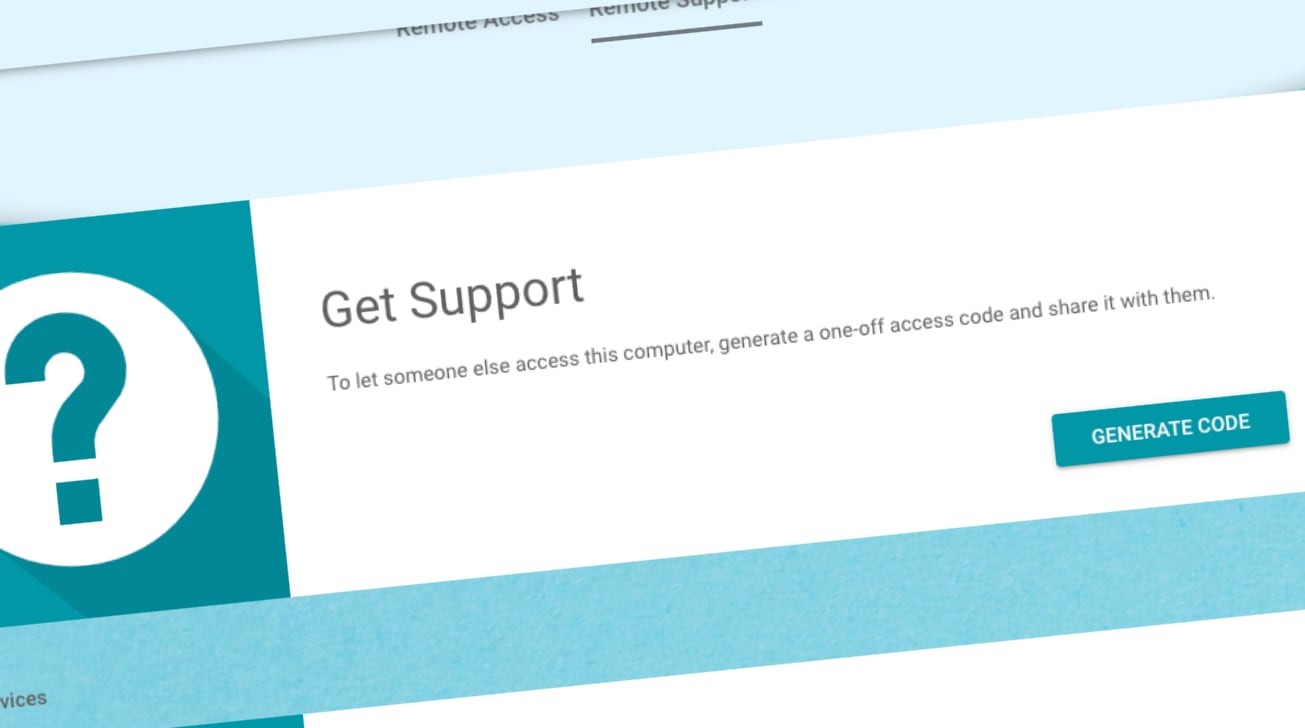
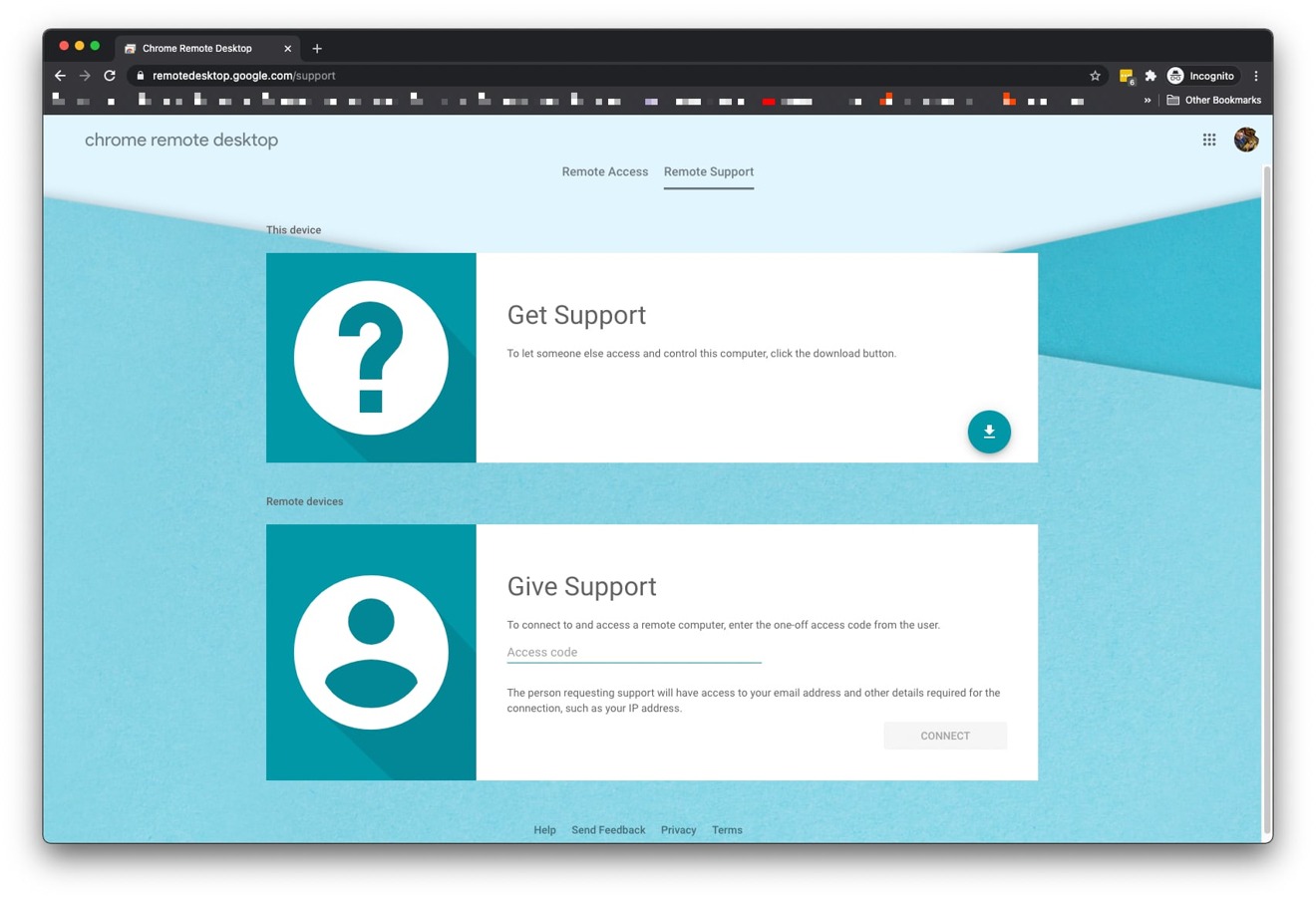
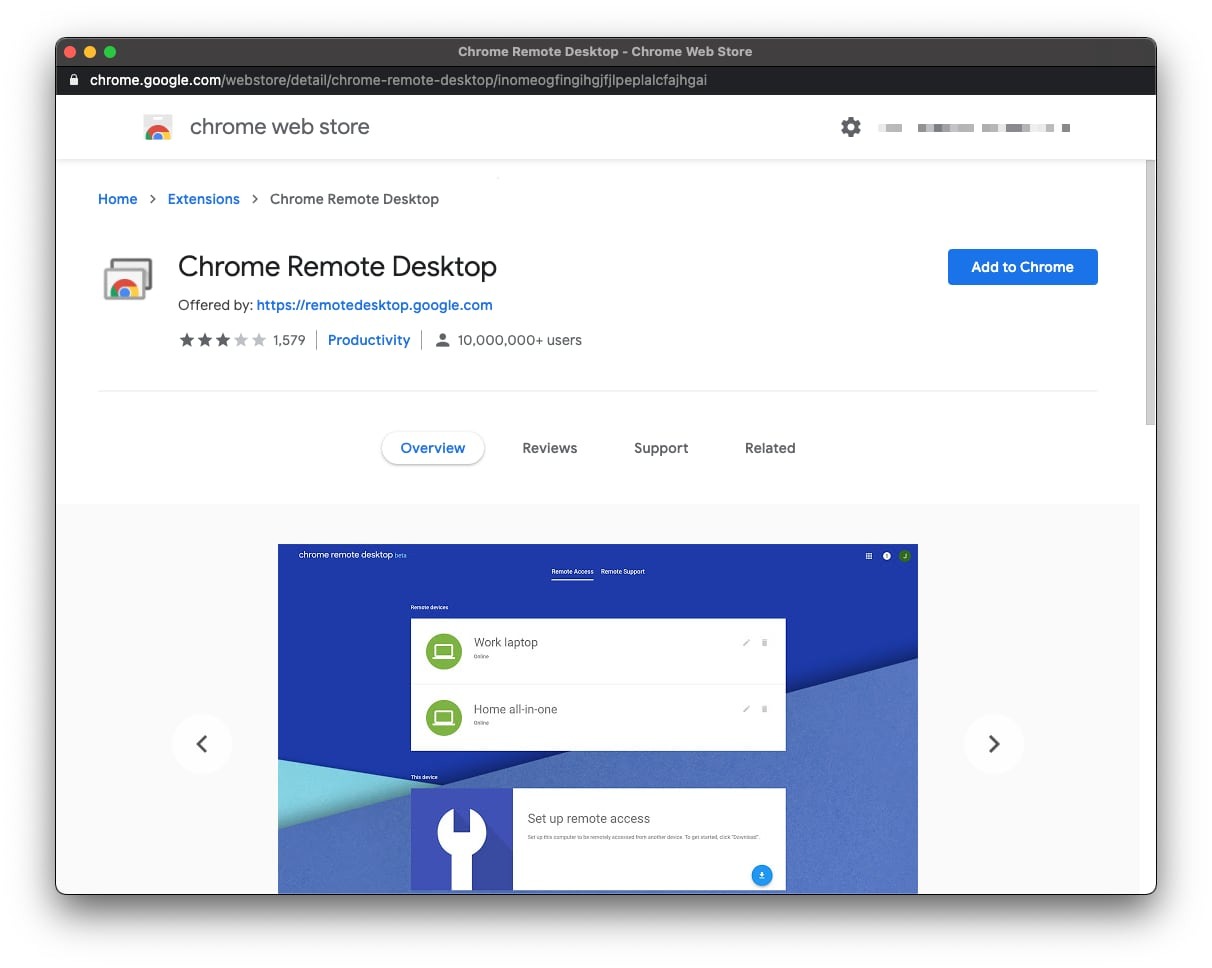
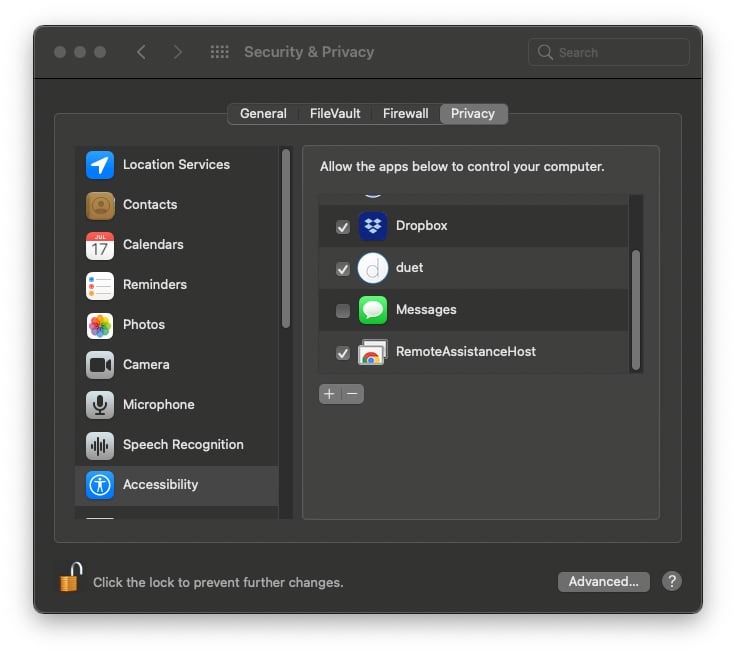
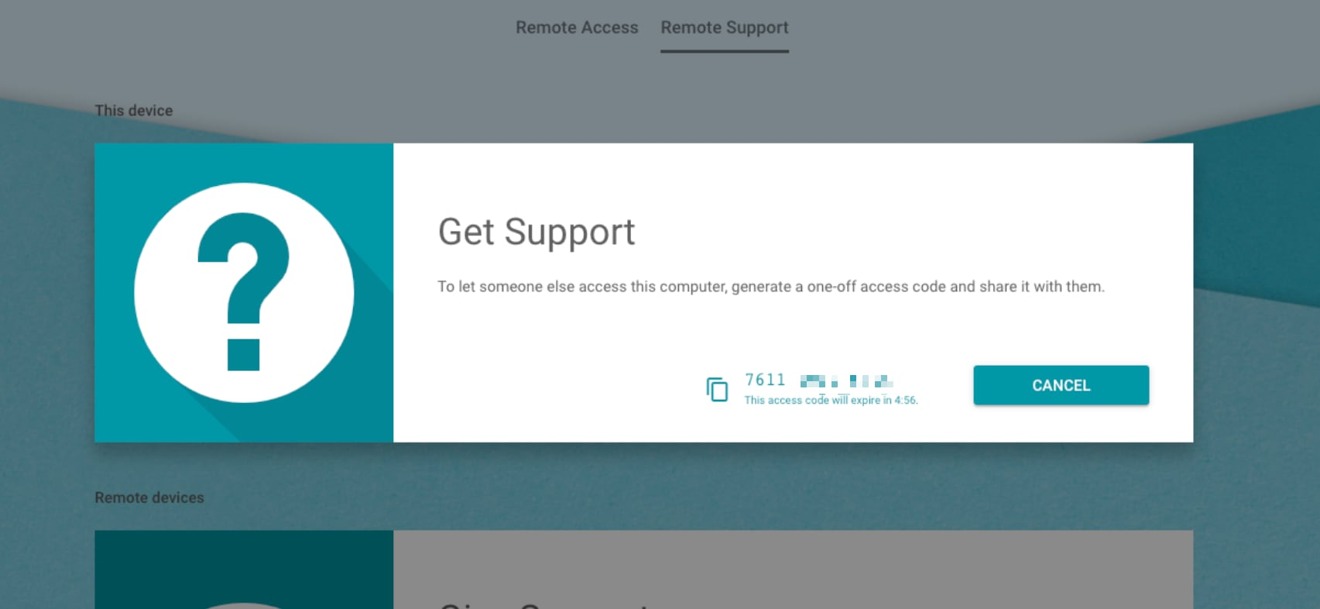












 William Gallagher and Mike Wuerthele
William Gallagher and Mike Wuerthele
 Christine McKee
Christine McKee
 William Gallagher
William Gallagher

 Marko Zivkovic
Marko Zivkovic








